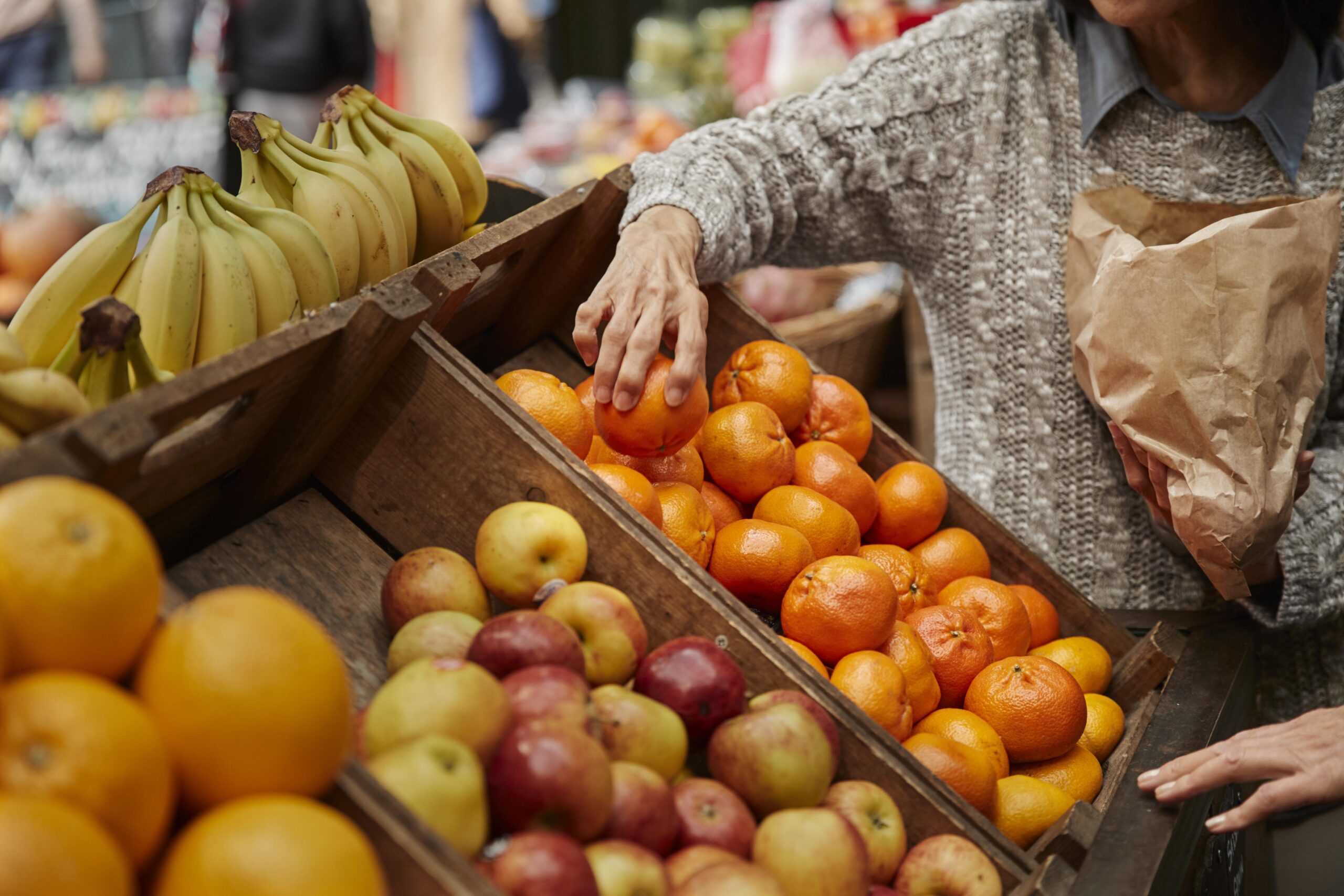Food of Andaman and Nicobar Islands: Exotic Archipelago
Introduction
India’s vast and diverse landscape boasts a myriad of regional cuisines. Each region offers its unique flavors and recipes. Tucked away in the Bay of Bengal, the Andaman and Nicobar Islands present a treasure trove of flavors, heavily influenced by the sea, the native tribes, and settlers from different parts of India. This article aims to guide you through the rich culinary traditions of these serene islands, delving deep into the special “food of Andaman and Nicobar Islands.”
1. The Culinary Melting Pot
While the Andaman and Nicobar Islands might be better known for their pristine beaches and verdant rainforests, their food tells a story of a confluence of cultures. From native tribal recipes to influences from the settlers – mainly Tamils, Bengalis, and Malayalis, this island region offers a palatable journey worth exploring.
2. Seafood – The Star of Andamanese Cuisine
No visit to the islands is complete without indulging in their seafood:
- Grilled Lobster: Freshly caught lobsters, grilled to perfection with a hint of local spices, is a favorite among locals and tourists alike.
- Tandoori Fish: Marinated with Indian spices and cooked in a tandoor, this dish offers a delectable mix of the traditional and the local.
- Prawn Curry: Made using the bounty of the surrounding seas and flavored with local spices and coconut milk, it’s a must-try!
3. Delights from the Native Tribes
The tribes of the Andaman and Nicobar Islands, like the Jarawas, Onges, and Sentinelese, have their age-old recipes:
- Bamboo Shoot Curry: Bamboo shoots, combined with fish or other meats, create a unique dish that is both healthy and flavorful.
- Wild Pig Delicacy: A rare treat, this is prepared using traditional methods, roasted on open fires.
4. Influences from Settlers
With settlers coming from various parts of India, the Andaman and Nicobar Islands have embraced multiple culinary traditions:
- South Indian Influence: Idli, Sambar, and Coconut Chutney are easily available and relished by all.
- Bengali Touch: Fish curries with rice, flavored with mustard and green chillies, reflect the Bengali influence.
- Malayali Flavors: One can often find dishes flavored with coconut and curry leaves, reminiscent of Kerala’s cuisine.
5. Unique Local Fruits and Vegetables
Apart from seafood, the islands offer a variety of tropical fruits and vegetables:
- Nicobari Coconut: Larger and sweeter than the regular coconut, it is a local favorite.
- Andaman Pineapple: This juicy fruit, with its unique taste, is a treat during the summers.
- Organic Veggies: Due to limited transportation, the locals prefer homegrown vegetables, ensuring freshness and organic goodness.
6. Refreshing Beverages
To combat the tropical heat, the Andaman and Nicobar Islands offer some refreshing drinks:
- Tender Coconut Water: Available at every nook and cranny, it’s the best way to stay hydrated.
- Local Herbal Teas: Prepared using local herbs, these teas not only quench thirst but also offer health benefits.
7. Spices and Flavors Unique to Andaman
Stepping onto these islands, one is greeted with a myriad of aromas emanating from the markets and kitchens. The Andaman and Nicobar Islands have a handful of native spices and flavors:
- Andaman Red Chili: A distinct variety, it is milder than most Indian chilies but imparts a vibrant color to the dishes.
- Black Pepper from Nicobar: Renowned for its aromatic intensity, it adds zest to the seafood preparations.
- Sea Salt: Harvested from the surrounding seawater, the local sea salt has a different flavor profile, adding depth to the dishes.
8. Sweet Delicacies of the Islands
While savory dishes capture most of the limelight, the sweet treats of Andaman shouldn’t be overlooked:
- Coconut Pudding: A simple yet delicious dessert, it encapsulates the essence of the islands.
- Banana Fritters: Ripe bananas, coated in a light batter and deep-fried, these are perfect with a cup of local tea.
- Fisherman’s Pie: An unexpected sweet treat, this pie has a base of crushed cookies, layered with fruits, nuts, and coconut milk, reflecting the resourcefulness of the local people.
9. Vegetarian Offerings
Contrary to popular belief, the Andaman and Nicobar Islands have ample vegetarian options:
- Tropical Vegetable Stew: Made with local veggies and a generous dose of coconut milk, this dish is both nutritious and flavorful.
- Island Daal: Lentils cooked with Andaman red chilies and native herbs, it’s a comforting meal with steamed rice.
10. Dining Etiquettes and Local Practices
When indulging in the food of Andaman and Nicobar Islands, it’s essential to understand the local dining etiquettes:
- Eating with Hands: Like most parts of India, many islanders prefer eating with their hands. It is believed to enhance the meal’s taste.
- Sharing is Caring: If you’re invited to a local’s home, it’s customary to share dishes. This reflects the close-knit community spirit.
11. Sustainability and Island Cuisine
The inhabitants of Andaman and Nicobar Islands have always relied on sustainable practices:
- Seafood Ethics: The locals believe in catching only what’s needed, ensuring the marine life thrives.
- Organic Farming: Chemical pesticides are rarely used, leading to safer and more flavorful produce.
12. Culinary Tours and Experiences
For those keen on diving deeper, several culinary tours are available:
- Market Tours: Explore the bustling markets and learn about the local produce.
- Cooking Classes: Local chefs offer classes, allowing you to recreate island delicacies at home.
Final Thoughts
The Andaman and Nicobar Islands aren’t just a visual treat but a gastronomical delight. Their food offers a window into their history, culture, and the heart of the people. Each dish tells a tale, from the depths of the sea to the heart of the dense forests. It’s a culinary journey that lingers long after the meal is over.
About the Author: An experienced food critic and traveler, Ganesh has traversed the length and breadth of India, exploring local cuisines. With a penchant for storytelling, Ganesh brings alive the flavors and tales of the places he visits.



